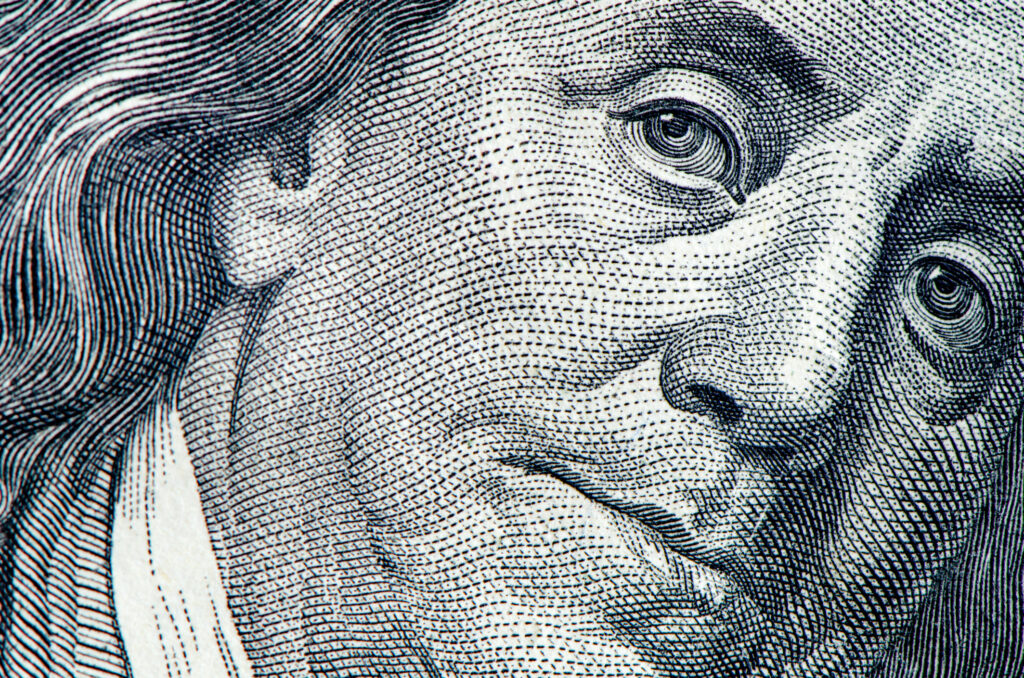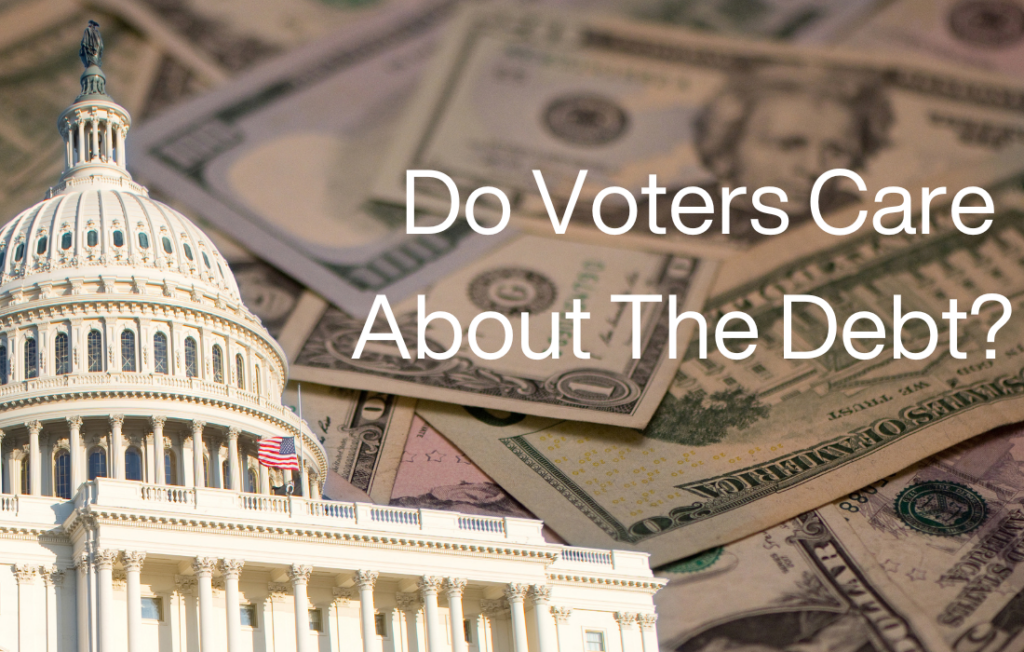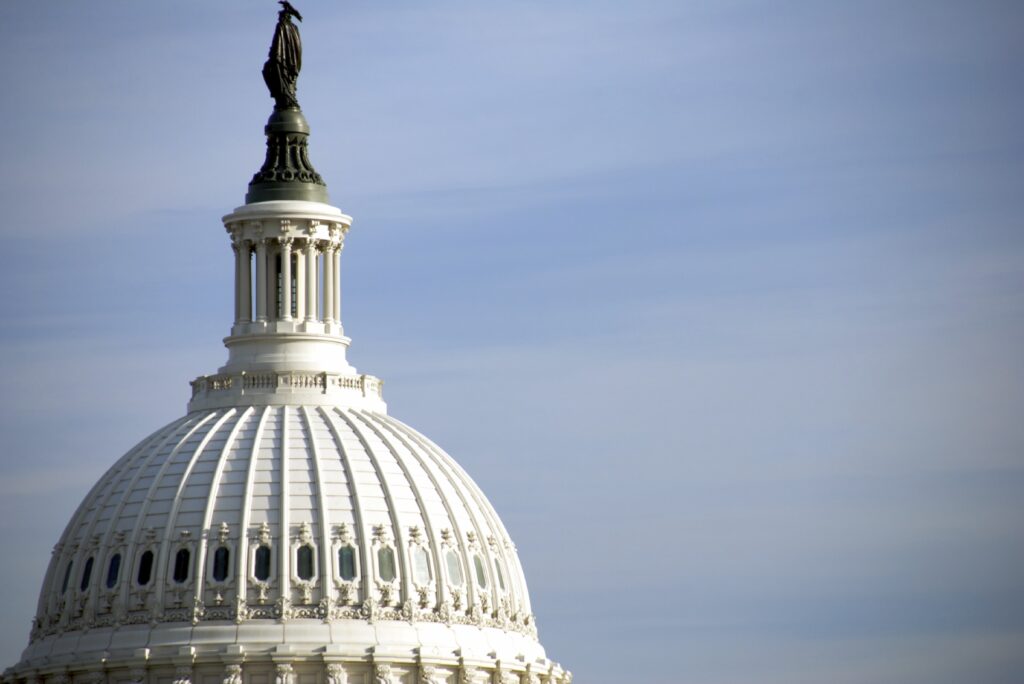Three Things We Are Seeing In Our New Survey Data On Tariffs

Tariffs have rocked the markets this week, and we are nowhere close to a resolution. From our new survey for Winning the Issues (April 8-10), here are three things we are seeing so far: 1. The economic impact is widely felt. One of the rationales of the White House has been that Wall Street and the wealthy […]
A Look At Federal Tax Revenues

As the tax debate progresses, we will hear more about federal tax revenues, and the extent to which current levels of revenues are sufficient or if tax increases are needed. Democrats are saying that Republican tax cuts have deprived the federal government of needed revenues. Let’s take a look at the current revenue intake, and […]
The Challenge Trump Still Faces On The Economy

The Winston Group’s David Winston is quoted in an article in today’s Wall Street Journal about President Trump’s address to Congress last night. Read the full piece here.
Washington Never Returned To Pre-COVID Spending Levels

Washington is in an uproar over DOGE’s cost-cutting measures, but the inconvenient truth is that the federal government never returned to pre-COVID spending levels after the pandemic was over. Former President Biden announced COVID was over on September 18, 2022. On April 10, 2023, he signed the termination of the COVID-19 national emergency declaration. But according to Congressional […]
President Biden’s Final Score On Inflation

This morning’s inflation report came in hot with a 3% year over year Consumer Price Index. With this report being for the month of January, today’s result is the final score on inflation for the Biden presidency, putting the cumulative rate of inflation since the Biden inaugural month to the last month of his administration at […]
Do Voters Care About the Debt?

Congressional Republicans often think that voters don’t care about the national debt, but our research shows that voters care more than lawmakers may realize. This research consisted of a series of listening sessions with voters and a national survey (January 7-10) of 1200 registered voters. In a series of beliefs, several statements about the consequences […]
House Budget Committee: The Republican Budget Opportunity (via Gingrich360)

The Winston Group’s recent survey numbers, in Newt Gingrich’s recent column, cited today by the US House Committee on the Budget: Read the full piece here.
Newt Gingrich: The Republican Budget Opportunity

Newt Gingrich cites our new survey numbers in his commentary today: The Winston Group made a series of important findings after running focus groups and a survey of 1,200 registered voters in January: “1.) Inflation was the construct by which people viewed the economy and taxes. As a result, the most important personal outcome from tax policy […]
The 2025 Tax Wars Begin: New Research on Taxes and Debt

The new year kicks off the tax wars on Capitol Hill, with the TCJA individual tax provisions set to expire at the end of 2025. We have new research on taxes and the debt (a series of focus groups and a national survey of 1200 registered voters conducted January 7-10). Over the coming weeks, we’ll […]
Three Economic Narratives Republicans Should Expect in 2025

As President Biden is about to leave office, he’s working hard to frame his economic legacy in the most positive light. He has been giving a series of speeches to stake out the “Biden economic legacy,” shedding light on three economic narratives Republicans should prepare for: 1.) The Biden economy is in great shape to […]
